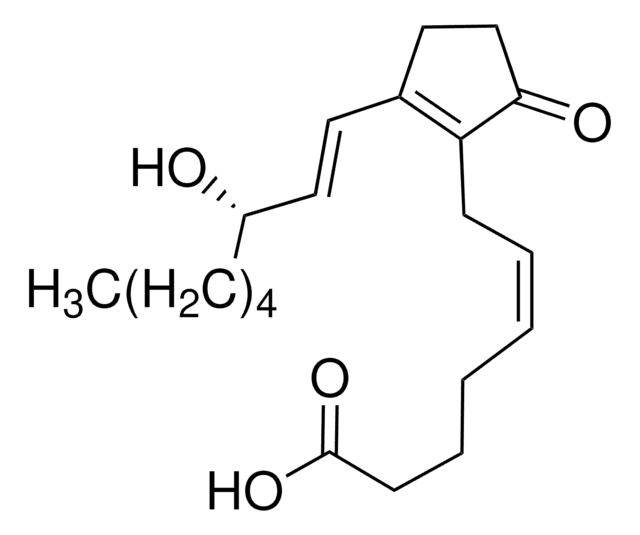P5556
Poloxamer 188 solution
10%, sterile-filtered, BioReagent, suitable for insect cell culture
Synonym(s):
Nonionic copolymer surfactant
About This Item
Recommended Products
description
non-ionic
sterility
sterile-filtered
product line
BioReagent
mol wt
average mol wt 8350
concentration
10%
technique(s)
cell culture | insect: suitable
impurities
endotoxin, tested
CMC
0.04 mM
transition temp
cloud point ≥100
HLB
29
InChI
1S/C3H6O.C2H4O/c1-3-2-4-3;1-2-3-1/h3H,2H2,1H3;1-2H2
InChI key
RVGRUAULSDPKGF-UHFFFAOYSA-N
General description
Application
Biochem/physiol Actions
Storage Class Code
10 - Combustible liquids
WGK
WGK 2
Flash Point(F)
Not applicable
Flash Point(C)
Not applicable
Personal Protective Equipment
Certificates of Analysis (COA)
Search for Certificates of Analysis (COA) by entering the products Lot/Batch Number. Lot and Batch Numbers can be found on a product’s label following the words ‘Lot’ or ‘Batch’.
Already Own This Product?
Find documentation for the products that you have recently purchased in the Document Library.
Customers Also Viewed
Our team of scientists has experience in all areas of research including Life Science, Material Science, Chemical Synthesis, Chromatography, Analytical and many others.
Contact Technical Service



